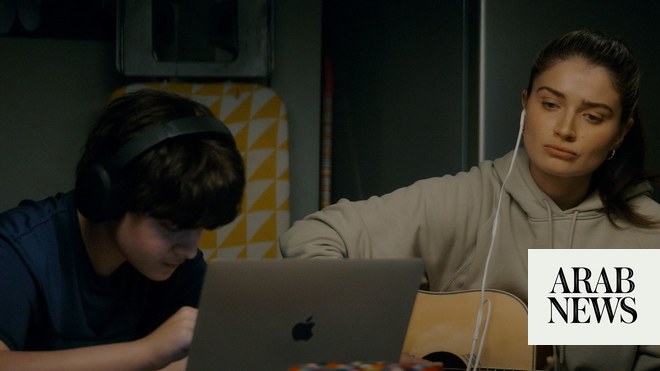We are governed by concrete feelings
“Our decisions are guided by physical, tangible feelings such as hunger or anxiety. The future, on the other hand, is more abstract,” says Whitman.
It’s one of the crucial reasons why people often fail to diet or struggle to live up to their New Year’s resolutions. Future goals aren’t as enticing as getting a reward here and now.
Better now for less money, more later
Mark Whitman and his colleagues demonstrated this in an experiment where people could choose between receiving £100 (NOK 1,300) immediately or waiting a week and receiving £140 (just over 1,900 NOK). Most people chose the smaller quantity right away.
This is what economists call it time preference. A higher time preference means that we more easily see the value of the gains closer in time.
Indeed, we thus neglect to take into account our future situation. It’s a bit like when you’d rather enjoy life in the here and now than save for old age.
A virtual meeting with your “future self”
In other words, we are not so close to our “future self,” but we are paying more attention to our “present selves.” Scientists have managed to change that with the help of some exciting experiments. They allowed the subjects to see an older version of themselves in virtual reality.
Hal Hirschfeld, a behavioral economist at the University of California, Los Angeles, and a group of researchers ran pictures of subjects through a computer program. Present an older, realistic version of the people With the typical signs of aging such as pigment spots, gray hair and wrinkles.
With the help of virtual reality software, the researchers were able to create a kind of avatar for the subjects’ “current self” and “older self,” which people could then meet in a virtual mirror.
Make the future less abstract
One group of people met their current self in the virtual mirror, and another group met their future self. Later, all subjects were asked to answer a series of questions. One of them was what they would do if they got a thousand dollars here and now.
This revealed an interesting and very distinct difference. People who were in contact with the future version of themselves were more likely to save money than people who were face-to-face with their current selves. Seeing oneself in an older version clearly makes the future less abstract and more real.
In a similar experiment conducted on a group of workers, Hirschfeld and his research team asked how much each individual was willing to allocate to old age. Those who are presented with a photo of their current selves will be set aside 2% of their salary. In comparison, people who saw a manipulated image of themselves as an elderly person set aside six percent.

“Explorer. Unapologetic entrepreneur. Alcohol fanatic. Certified writer. Wannabe tv evangelist. Twitter fanatic. Student. Web scholar. Travel buff.”




